Stewart Hillhouse
More posts from Stewart Hillhouse
We’ve spent millions of dollars running ads for brands like Outschool, Imperfect Produce and Microsoft. At Demand Curve, we’ve worked with over 500 startups, meticulously documenting growth tactics for all growth channels. This post also incorporates what we’ve learned from our agency, Bell Curve.
Here are seven ad types that have proven to increase click-through rates (CTR), with examples of each. Clone them to test in your own social ad campaigns.
Customer reactions
If you’re selling a consumer product, it’s likely that some of your customers have posted product reviews, unboxings or recommendation videos on their social media accounts. You can use your customers’ user-generated videos in your social ads — with permission.
Search through Twitter, Instagram and Facebook for posts that mention your product. Reach out to the customer and ask them if you can use their content in an ad campaign, and subsequently, compile the most positive reactions into a video ad.
This works well because dramatic faces are attention magnets. Make sure the thumbnail photo shows a strong emotional image. People will click because they can’t help but want to see what provoked the emotion. User-generated reaction videos also highlight your products’ “Moment of Wow.” If users care enough about your product to make a positive reaction video, their energy is contagious. Your ad audience will connect your product with a strong positive emotion.
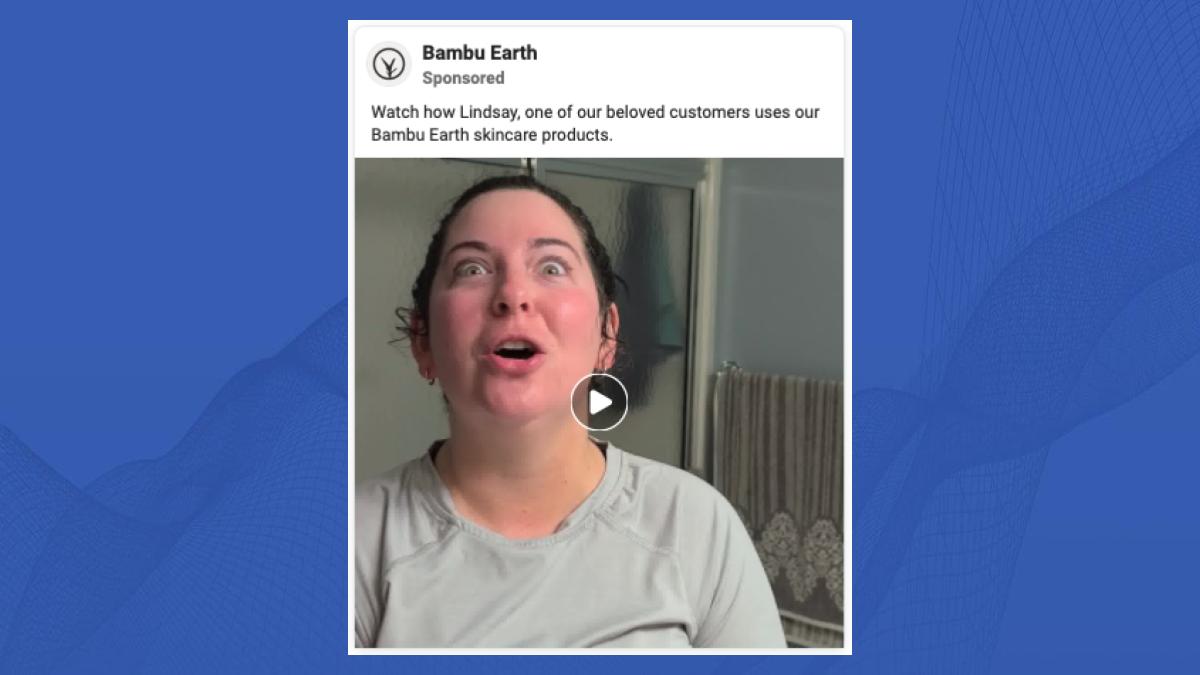
You versus the competition
Comparison ads anchor your product against something your audience already knows. This works well for both ads and the landing page your ad will lead to when clicked on. Try positioning your strongest value proposition — the most valuable promise you’re making to your customer — against your generic competitors.
Nearly 81% of consumers will research alternatives before buying. Rather than hide the fact that alternatives exist, showcase how you’re different from a generic competitor. Customers will naturally have objections in the back of their mind as they’re researching alternatives. Properly positioned comparison ads make customers feel savvy for choosing you — help them feel like they’re choosing the right option.
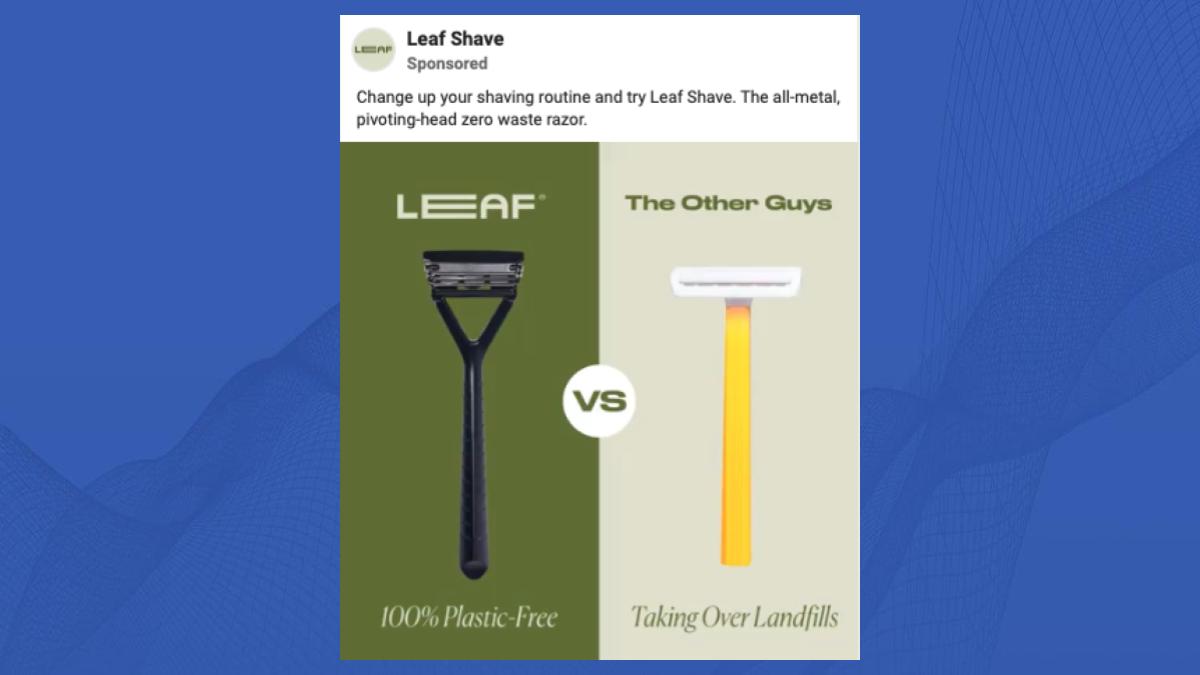
Customer testimonials
Plenty of startups use testimonials on their landing pages to get people to convert. Smart startups recognize that testimonials work even better in social ads, because your ads will reach far more people than your landing page.
Help TechCrunch find the best growth marketers for startups.
Provide a recommendation in this quick survey and we’ll share the results with everybody.
Consumer psychology proves that testimonials (social proof) increase conversion. So try turning public shoutouts into ad creative. This works especially well for retargeting ads — people who have already visited your site likely know what problem you solve. Showing them social proof will help legitimize your business in their minds.
Screenshots of public testimonials look native to the platform. They won’t immediately be recognized as an ad and scrolled past. This ad type doubles as built-in social proof and validates that others have bought from you — and they’re happy that they did.
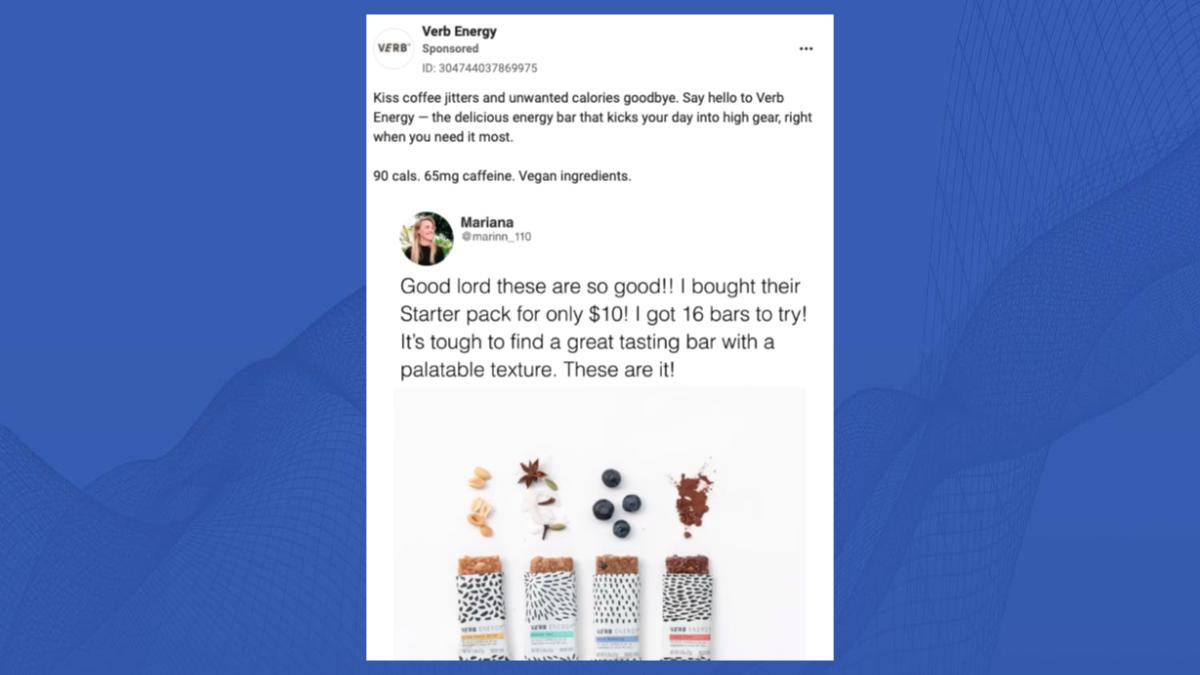
Lifestyle demonstration
Test creatives that portray the lifestyle your product fits into. People don’t really want your product — they want the experiences that your product allows them to have. Do people want a guitar? No, they want to sit around a bonfire and play music for their friends. Do people want a medicine ball? No, they want to feel strong and look fit.
People will click on your ad because your product is the quickest path to the lifestyle they desire. Make sure you lean into a single desire. Health, wealth, beauty, acceptance and status are examples of desires that tend to increase CTR most.
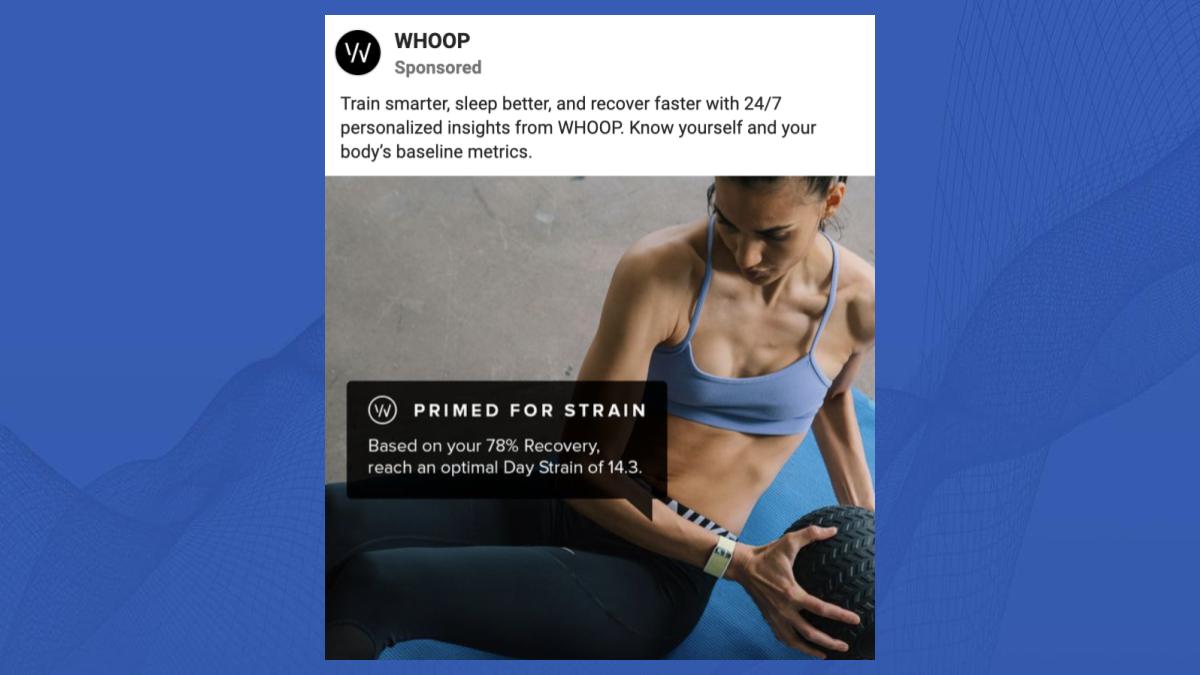
User generated unboxing
This ad type is similar to customer reactions, with a slight twist: Try using user-generated unboxing videos. If you sell a physical product, chances are your potential customers want to see your product in real life. The studio-lit glamor shots on your site won’t cut it — they want candid, real footage of actual people engaging with your product.
That’s where unboxing videos come into play. You can use such videos in your ads to build anticipation. Excitement is contagious — cut your video to highlight the most exciting moments of the unboxing to get more clicks. You can also use short fast-cutting unboxing videos in your post-purchase email flow to generate excitement before customers receive your product. Post-purchase is an underutilized customer touch point.
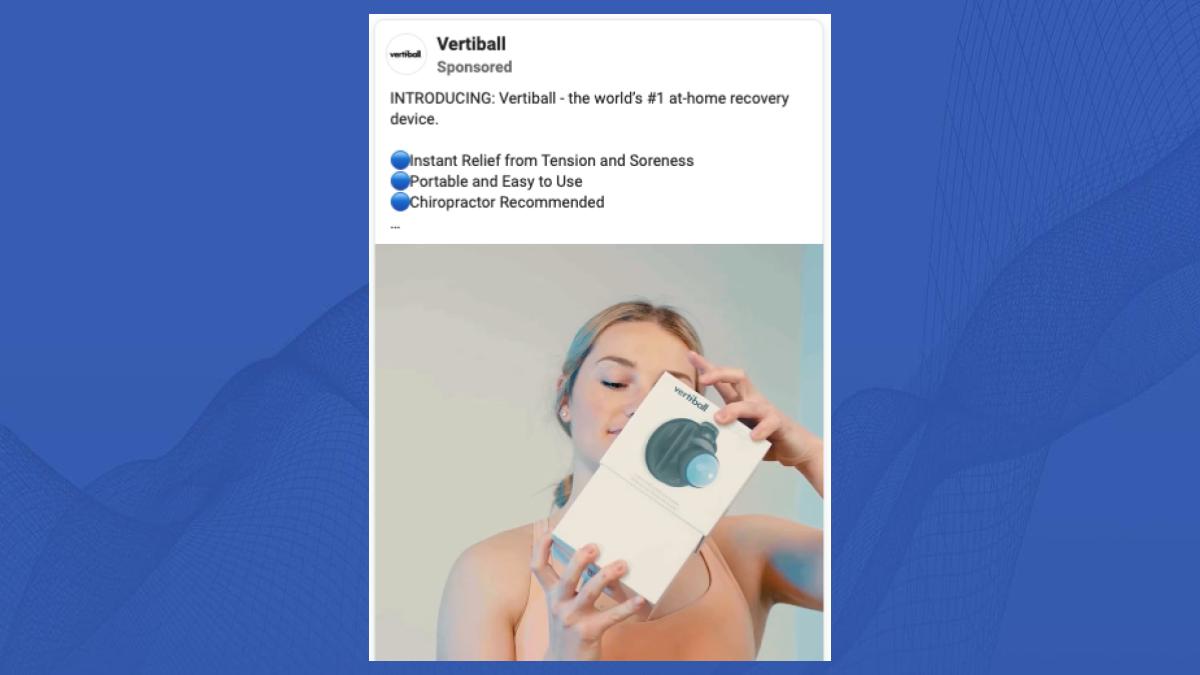
Tutorials
Many startups fall into this category: Potential customers aren’t aware that they have a problem that you solve. You can use tutorial ads to draw attention to that problem, then make your call-to-action button feel like the solution to that problem.
Check out how Mejuri does it: They sell fine jewelry for daily life — not just special occasions. Their ad points out that people wearing standard, subtle jewelry are blending in with the crowd. They’re not standing out. Their tutorial highlighting bold hoops brings awareness to the problem (boring jewelry) and positions their product as the solution (tasteful, yet eye-catching jewelry).
Show off your product, but make the problem you solve the focus of the ad. You should design the set to match your product’s natural habitat: bathroom, bedroom, office, gym, etc. Homemade, selfie-style videos are more likely to be watched because they don’t immediately look like an ad. Add subtitles and a headline across the top of your video ads to get your point across without sound.
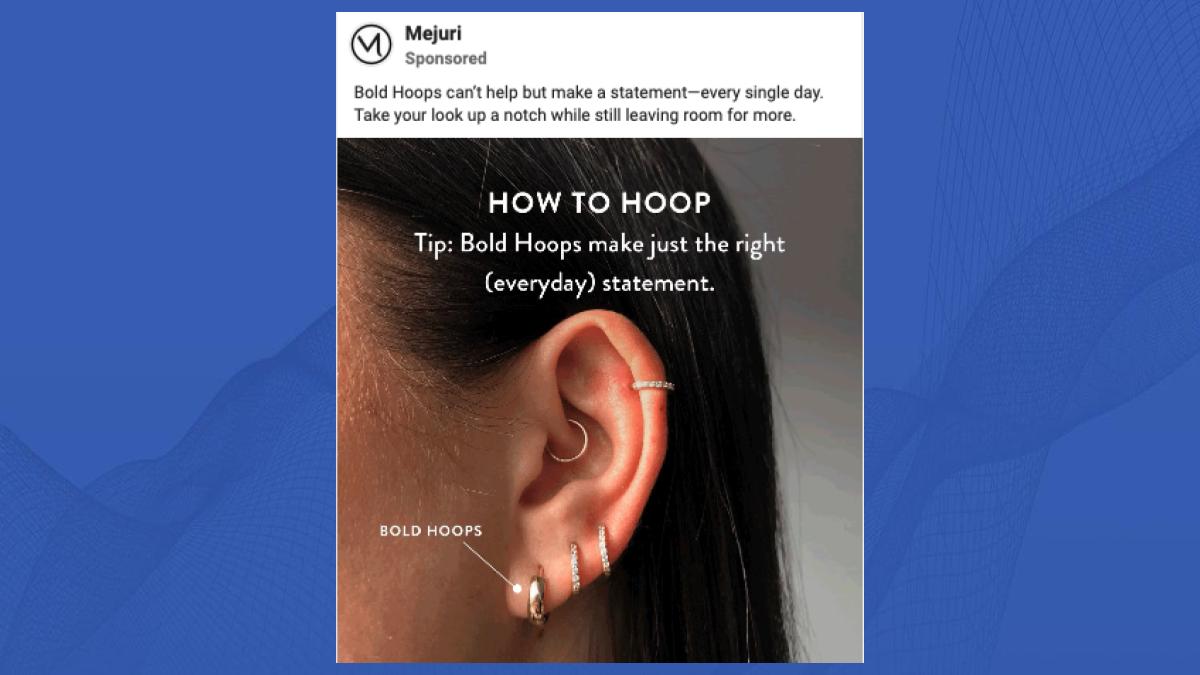
Address objections and FAQs
Ads are often dismissed due to buying objections — reasons the buyer has for not wanting to make a purchase. But you can address most common objections and questions directly in your ads, as they will help eliminate objections upfront and encourage clicking to learn more.
Here are two examples:
Objection: “What if I don’t like the taste?”
Ad copy: “30-day money back guarantee.”
Objection: “I can’t tell if this is a quality product.”
Ad copy: “Built to be the last razor you ever buy.”
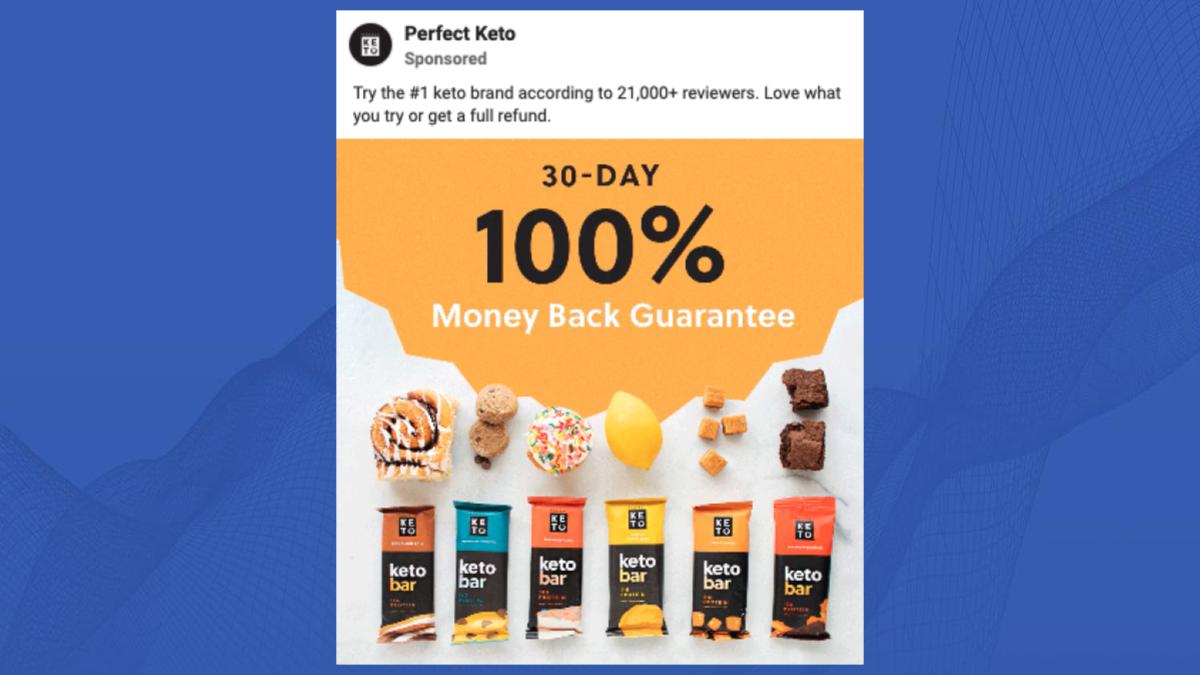
Demand Curve: Email marketing tactics that convert subscribers into customers































Comment